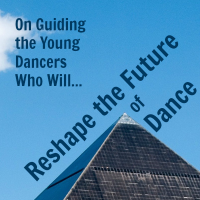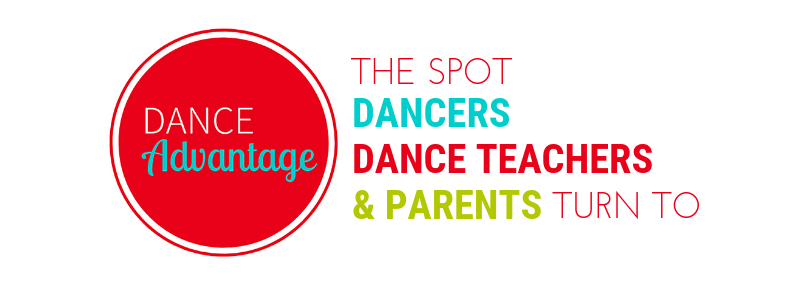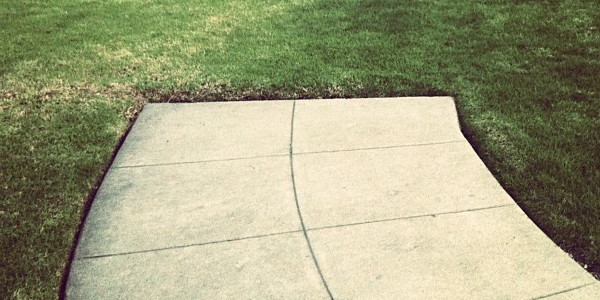Recently, I spent two days proctoring a standardized test to high school juniors. Due to the rules involved in what I could and could not do while proctoring, I had a lot of time to think. Thankfully, Sarah Anne Austin’s article for Dance/USA, “Is American Modern Dance a Pyramid Scheme” gave me a lot to think about.
Read it. It is important.
Of the many valuable points made, I poured over one especially while circulating the test room – the standardization of dance.
Since coming to this school, I have had several conversations with dance friends- choreographers, performers, dance-makers- about my current experiences working with competition kids. Having worked primarily in concert and academic dance, working with competition kids has been a shift for me; an important one.
Where the Sidewalk Begins… or Ends
Within these conversations, my colleague usually alludes to the fact that there are aspects of competition dance that go against what we, concert/academic dancers, feel is important about dance but also that it doesn’t lead to anything.
Competition dance ends at age 18. At that point, these dancers choose to buy-in to college dance or choose to let go of dance with few options in between.
As dance academics, this is often when we first interact with these dancers. We can be smug. Sometimes even smug enough to shake our heads when this adjustment is hard for these students and they wear their booty shorts to modern class.
…The very class which may or may not be retitled to contemporary because it has become a true contemporary class or because we think that title will draw better enrollment.
Or we shake our heads because these students have an aesthetic cultivated over many years that hasn’t included any dance-for-art exposure. How low-brow.
We, concert/academic dancers, have been reluctant to admit that the challenge of choosing a path happens to us but it isn’t when we are 18. It is when we are 25, 35, or older. It is at an age at which we are able to rationalize the meaning of dance in our lives and reflect how it has shaped our paths to successes we never imagined to have at 18, when we planned for exclusive careers as performers and choreographers.
It is also a critical point in time when we address the standardization of our education as artists on a personal level. When we don’t have a clear system to comply with or circumvent. When we don’t have a political playback for our role in a program/department/field. When we address personally how we measured up or didn’t and now we must decide the role of dance in our lives as well as what to do with it.
At this point, many of us are just as heavy-hearted and confused about what to do and how to do it as our 18 year old students grappling with the same question. The thing we have cared for so deeply seems not to exist in the way we perceived it and choices must be made.
The Charge of Young Dancers
I shared Austin’s article with my students- many of whom are about to enter college dance programs. I told them I would help them unpack the fear and I have never seen the entire pack so attentive for an entire discussion.
I explained to them that they are the Hybrids.
They are the dancers who will be shaping dance in a way that will connect and combine their dance experiences – competition, concert, commercial – all of it.
They are the dancers who will have the courage to put down the labels of high art, low art, contemporary, jazz, ballet, flamenco, street… just as Ohad Naharin and other power-houses listed in Austin’s article have introduced.
They are the dancers who will enjoy returns upon their investments in service-learning and community-building based in sharing, not just dance performance, but practices in creativity through dance.
They will have to. These are the careers that used to take place after a performance career. Right now, these are the careers happening simultaneously to the performance/choreography careers. These will be the intentional experiences that college programs will be promoting not as a second thoughts but as a main paths for careers in dance.
Why? Because college is standardized too. Careers and jobs are what matter, not education, which is the second thought.

Preparing Hybrids for Their Futures
So how do I plan to prepare the Hybrids for a future different from my own path?
- By collaborating with them.
- By discovering with them the connections of our worlds and our aesthetics and the people that are making important work regardless of labels.
- By giving them time and space to create, to make mistakes, to build references through technique and history, to introduce a myriad of processes for problem-solving and art-making.
- By offering them an opportunity and responsibility to take control of their education, really, and allow them room to make good-dance that speaks to our audiences as well as our dancers. Even if it reaches beyond my taste. Especially if it reaches beyond my taste.
- By expecting them to do something with their experiences- their mastery of the dance and the worlds they know.
- By reminding them that art is cultural.
- By giving them movement experiences that add to their repertory of movement sensations and methodologies.
Next year, we aren’t competing my work or guest artists’ work. We will be competing their work.
They are the masters of their domain. Better let them start owning it.
“pyramid cloud” by Tiffany Day is licensed CC BY 2.0 [cropped and text added]
“Where the sidewalk ends” by Ryan Dickey is licensed CC BY 2.0 [cropped]
Heather Vaughan-Southard MFA, is a choreographer, dance educator, and performer based in Michigan. She currently directs the dance program at the Everett High School Visual and Performing Arts Magnet in Lansing. With the philosophy of teaching dance as a liberal art, Ms. Vaughan-Southard collaborates with numerous arts and education organizations throughout the state. She has danced professionally in Chicago, Detroit, Los Angeles, and New York and has performed works by Mia Michaels, Lar Lubovitch, Donald McKayle, Billy Siegenfeld, Alexandra Beller, Debra Levasseur-Lottman, and Bob Fosse. As a choreographer, her work has been credited by the Los Angeles Times for “creating heat.” She has recently choreographed for the dance programs at Michigan State University, Grand Valley State University, Lansing Community College and is the former dance professor at Albion College. She is a regular guest artist and blogger for Dance in the Annex, an innovative dance community in Grand Rapids. Heather received her MFA in Dance from the University of Michigan, BFA in Dance from Western Michigan University and K-12 certification in Dance from Wayne State University. Read Heather’s posts.


